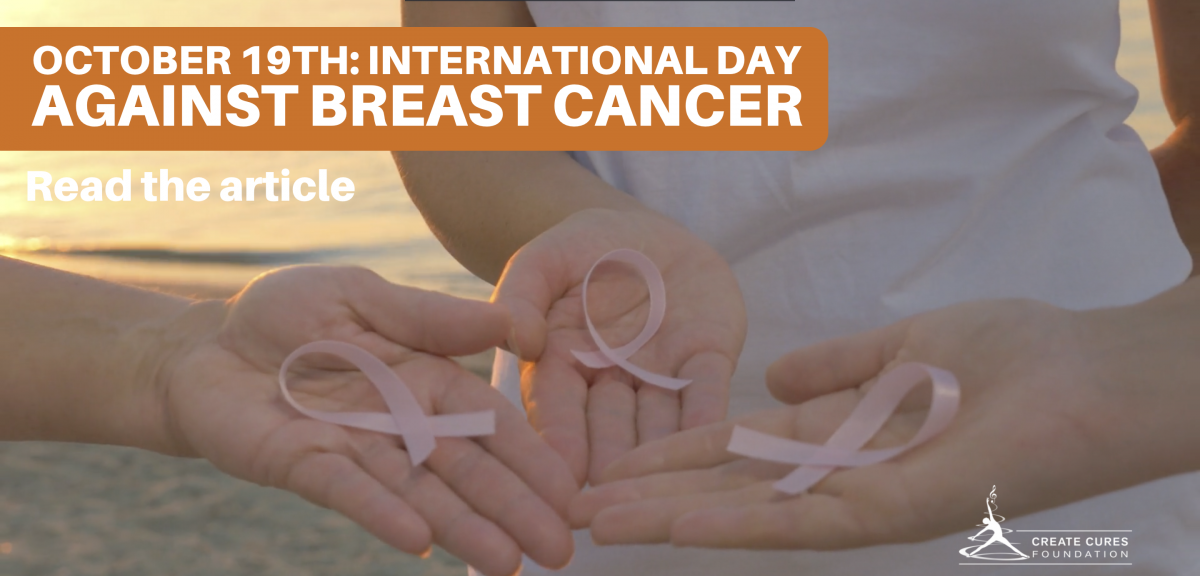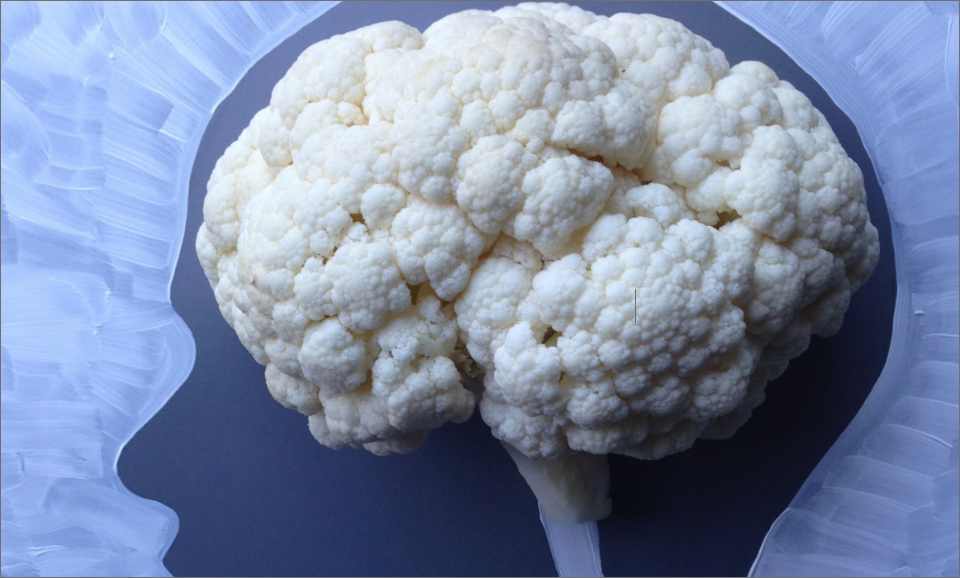Calcium is an essential trace element for our body. It is the most abundant mineral in the body, and it makes up up to 1.9% of our weight. 98% of calcium is found in the bones, while the remaining 2% is found in teeth and body fluids.
THE ROLE OF CALCIUM IN THE BODY
The main function of calcium concerns the musculoskeletal system. On the one hand, calcium plays a structural role in the formation of bones and teeth; on the other hand, it serves as a reservoir that guaranteessome important metabolic needs and is useful for keeping plasma concentration consistent in the blood.
Calcium also plays other important roles in the body. It helps regulate the contraction of muscles (thus preventing cramps) and influences the transmission of nerve impulses. Moreover, the well-being of the cardio-circulatory system depends on a good calcium intake, as it regulates the heartbeat rate, stabilizes blood pressure, and keeps cholesterol levels at bay, with an overall effect of normalizing blood circulation. Furthermore, calcium is involved in some very specific cellular activities, such as the regulation of membrane permeabilities and cell differentiation. Finally, it is also involved in enzyme activation and in hormonesynthesis.
WHAT OCCURS IN THE CASE OF A CALCIUM DEFICIENCY
In the absence of calcium, various problems may occur. If the deficit concerns the first years of life, this negatively impacts the bones, with the risk of deformations and rickets. When a diet does not contain a sufficient amount of calcium, symptoms range from muscle cramps, tingling, headaches and irritability; up to osteo-articular dysfunctions, such as pain and bone fragility, fractures and osteoporosis. Having an excess ofcalcium can also cause ailments, such as nausea and vomiting, constipation, and mental confusion.
The daily calcium requirement varies depending on age, gender, and health condition. In children 400-500 mg are recommended, in adolescents 1,000-1,300 mg, in adults 800 mg, in the elderly 1,000 mg, in pregnant and nursing women 1,200-1,500 mg. Whatever the case may be, it is good practice to keep blood calcium under control, especially if suffering from kidney stones.
FOODS RICH IN CALCIUM
The foods richest in calcium are milk and dairy products. Some scientific studies, however, suggest that calcium found in dairy products is not easily absorbed by our body. In fact, it seems that the digestion of lactose involves the removal of calcium from the bones, due to excessive acidification caused by the dairy products themselves. Osteoporosis, for example, appears to be closely related to the consumption of dairy products.
Other foods of animal origin that are a good source of calcium are fatty fish (salmon, mackerel, sardines, and anchovies) and trout, shellfish (oysters, mussels, octopus, and squid), crustaceans (shrimp and lobster) and eggs (egg white). Meat, on the other hand, has a low calcium content.
Green leafy vegetables (spinach, chicory, chard, broccoli, savoy cabbage, cabbage, and turnip greens) are also rich in calcium, along with aromatic herbs (parsley, basil, sage, dill, oregano, thyme, etc.), legumes (beans, lentils, green beans, chickpeas, and soy), whole grains (wheat and buckwheat), sweet potatoes, dried fruit (walnuts, almonds, hazelnuts, pistachios, and peanuts), oil seeds (sesame, flax, anch chia), dried fruit (dried figs), and algae (especially spirulina).
In case of a deficiency, nutritionists suggest consuming plant-based milks with added calcium, such as almond, coconut, and soy milk. Other calcium-rich foods are bitter cocoa and spices such as pepper and cinnamon. Lastly, mineral waters also contain calcium, especially those with a high fixed residue, howevercalcium dissolved in water is only partially bioavailable for the human body.
SOURCES










